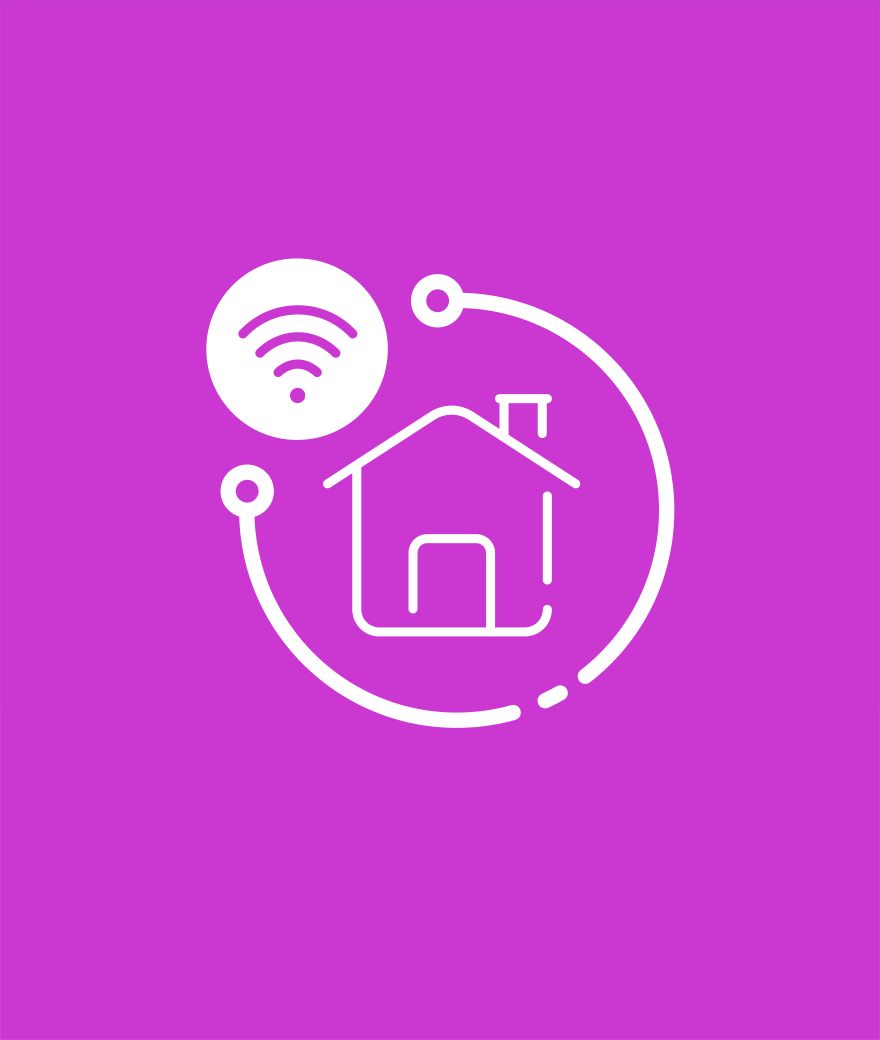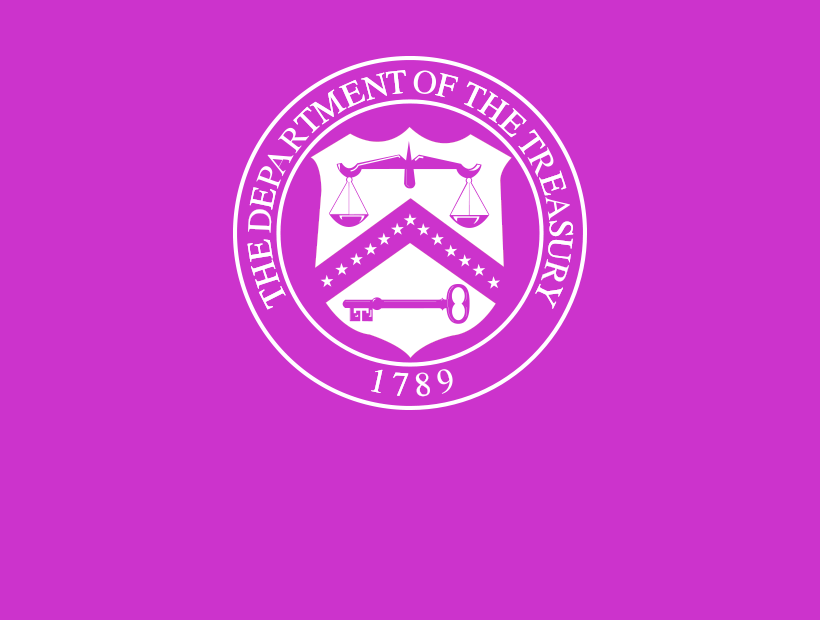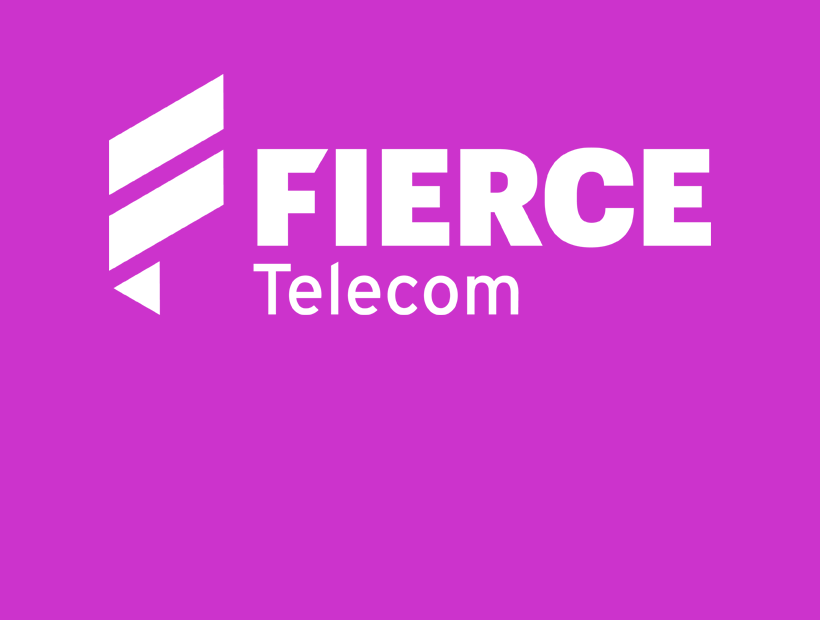US Broadband Stimulus Programs
Fueled in part by the coronavirus pandemic that highlighted broadband’s arrival as an essential service, there has been a recent massive influx of federal stimulus funding particularly for fiber-based broadband deployments in the United States and internationally.
The most notable, because of its size and scope in the U.S., is the Broadband Equity, Access, and Deployment (BEAD) Program created by the bi-partisan Infrastructure Investment and Jobs Act that gives $42.5 billion to the states for various broadband infrastructure projects and additional billions in Middle Mile grants, Tribal Broadband, various Rural Utilities Service (RUS) Broadband programs, as well as Digital Equity.
Other programs, like the Coronavirus Response and Consolidated Appropriations (CARES) Act, the Capital Projects Funds, the ReConnect Loan and Grant program and others increase the available funds over the next few years by another $30 Billion.

There are four agencies leading this historic effort:
- The National Telecommunications and Information Administration (NTIA)
- The Federal Communications Commission (FCC)
- The Department of the Treasury
- The US Department of Agriculture
The timelines and opportunities of funding for these programs all vary. For more information, please visit internetforall.gov.
Why Zhone?
Zhone is closely monitoring this activity and is uniquely qualified to help customers leverage these unprecedented funding opportunities because of our extensive experience in building advanced fiber access and Fixed Wireless Access infrastructure; extending the middle mile and transport networks that enable these networks; leveraging leading-edge software to orchestrate, automate, assure service performance; and managing and delivering extraordinary end-user broadband experiences.
Zhone has the solutions and services to help you meet your delivery requirements and most importantly, efficiently grow and scale your networks in the future.
Leverage Grants to Build Strategically Today, Operate the Most Efficient and Future-Proof Network Tomorrow
Broadband stimulus funds are not a growth strategy. They are a tactical way to invest in areas too expensive to service historically and to expand the scope and scale of your business. Strategic service providers will look beyond the initial buildout to leverage solutions that will allow them to operate and scale efficiently and thrive in delivering the best possible services to their customers. Zhone access and optical transport solutions lead the industry in performance and efficiency, and our software portfolio allows for multi-vendor orchestration and automation to get services to market faster and operate as efficiently as possible.
Zhone "System-on-a-Card"
Zhone’s “system-on-a-card” solution gives service providers the ability to deliver multi-gigabit services over fiber today and expand to 25/50/100 Gbps services across the same equipment in future.
Zhone Subscriber Edge Solutions
Zhone Subscriber Edge solutions provide unrivaled broadband coverage and flexibility, ranging from simple fiber termination to advanced Mesh Wi-Fi whole home coverage.
Zhone Fixed Wireless Access Solutions
Zhone Fixed Wireless Access solutions leverage licensed spectrum to rapidly deploy advanced broadband services where deploying fiber is uneconomical.
Zhone Xtreme Software
Zhone Xtreme software gives you more control over your network with leading-edge orchestration and automation capabilities for extraordinary efficiency and agility.
Made in the USA
Zhone in the only US-based broadband connectivity and mobile and optical edge transport company that has a long history of actually manufactures its products in the USA. Many of our solutions are certified BABA-compliant with the NTIA.

Enabling Middle Mile Broadband Infrastructure Program
Although the $1B Middle Mile Grant (MMG) program is now closed, it only scratched the surface of the need for Middle Mile connectivity to connect unserved and underserved communities. It is likely that the BEAD or another program will take its place.
Zhone currently provides middle mile and xHaul services to many of the world’s most advanced 10 Gigabits per second (Gbps) and 5G networks. The company also recently introduced Zhone Saber, the world’s first modular, compact, and environmentally hardened 100 – 400 Gbps coherent optics platform optimized for middle mile and access edge opportunities.


Broadband Equity, Access, and Deployment Program (BEAD)
Builds high-speed internet infrastructure where needed, supports job training, provides the equipment needed and drives partnerships to close the digital divide.
This $42B program is currently going through a series of revisions. However, it will be a major driver of broadband infrastructure funding over the next 5 years. Zhone will update you when the new rules have been finalized.
The Feds Oversee the Funds, But the States Are Running the Show
In contrast to previous broadband stimulus programs, today's stimulus programs are primarily run by the states, who have been given the responsibility of selecting where funds are invested. The states are in various stages of development of their final plans and updates will be made soon. Zhone can help you navigate what broadband programs are available and how to apply for and implement them.





